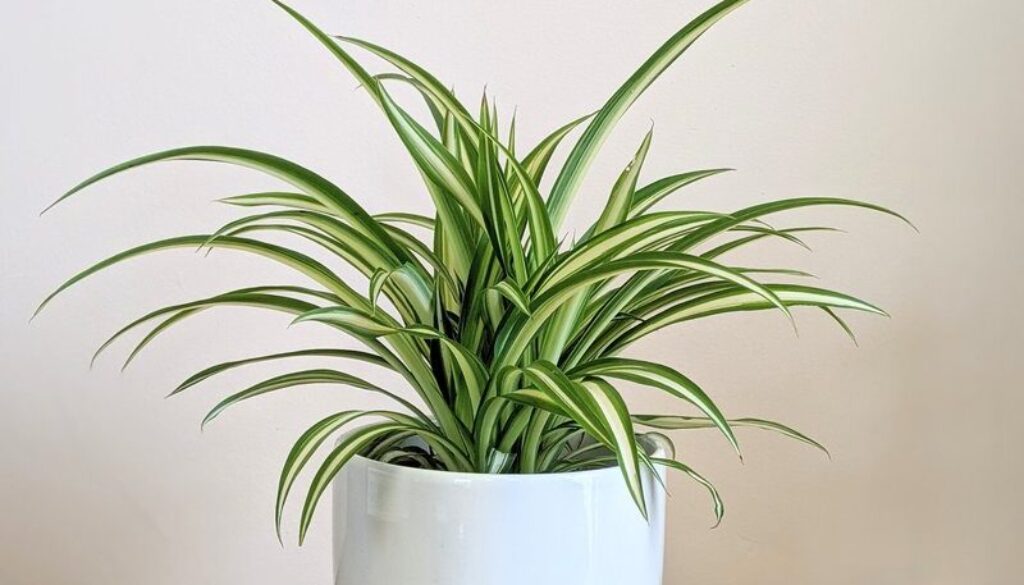HOME & GARDEN: The Houseplants for each room according to their health benefits
Research shows that the population of the UK spends 90% of their time indoors. As the house plant arena continues to boom, the nation is growing more and more interested in not only the look of their plants and how they contribute to their home’s aesthetic, but their health benefits...
Here, gardening expert Samantha Jones MyJobQuote presents what house plants should be present in each room, according to their health benefits. The brand also gives their top tips on how to ensure that they survive the winter.
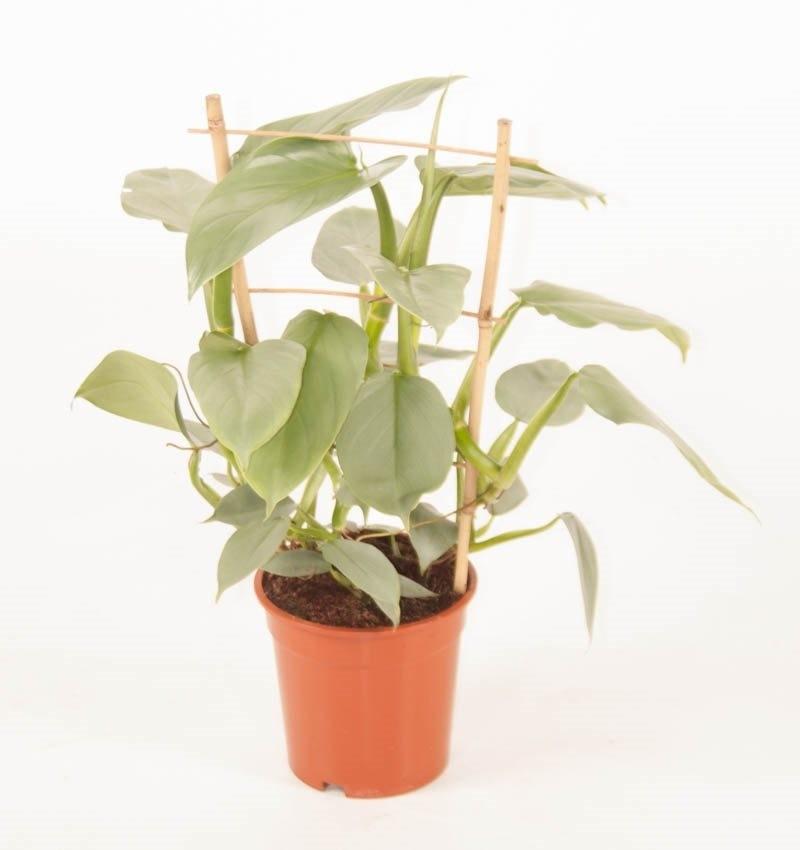
Living Room – Philodendron
A living room is one of the most used spaces in a house. As a result, the space can accumulate a lot of dust. The Philodendron collects dust due to its large and tacky leaves and works to purify the air. Those that suffer with allergies can experience an ease in symptoms with a Philodendron present.

Kitchen – Aloe Vera
Burns are often incurred in the kitchen when cooking. An Aloe Vera holds several healing properties. If you incur a burn in the kitchen, you can take its leaf, split it, and use the residue to help heal the burn. This also helps to reduce scaring and the wound blistering.
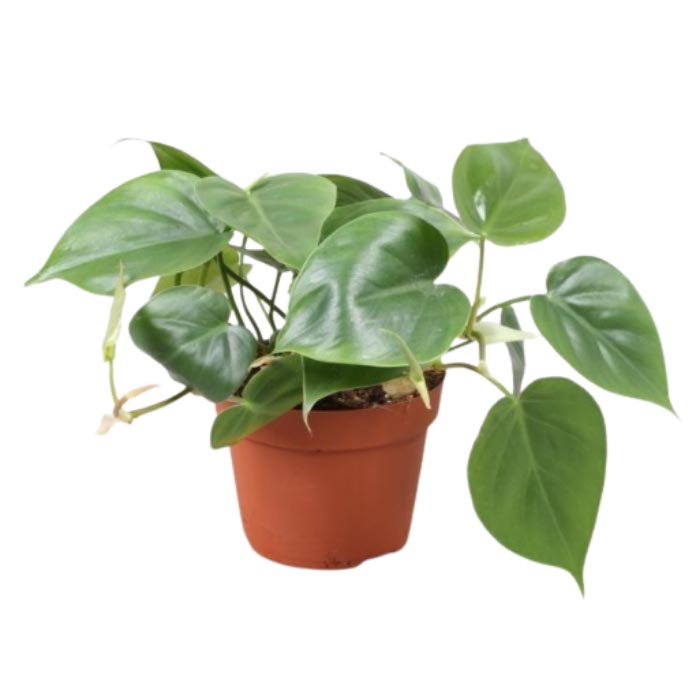
Utility Room – Pothos Plants
Utility rooms rarely encounter a lot of light. Pothos plants are perfect for this climate as they can grow in low lights, earning them their common name of ‘devils ivy’. Not only does the Pothos plant purify the air, but its works also to eliminate odours – super useful in the utility room space.
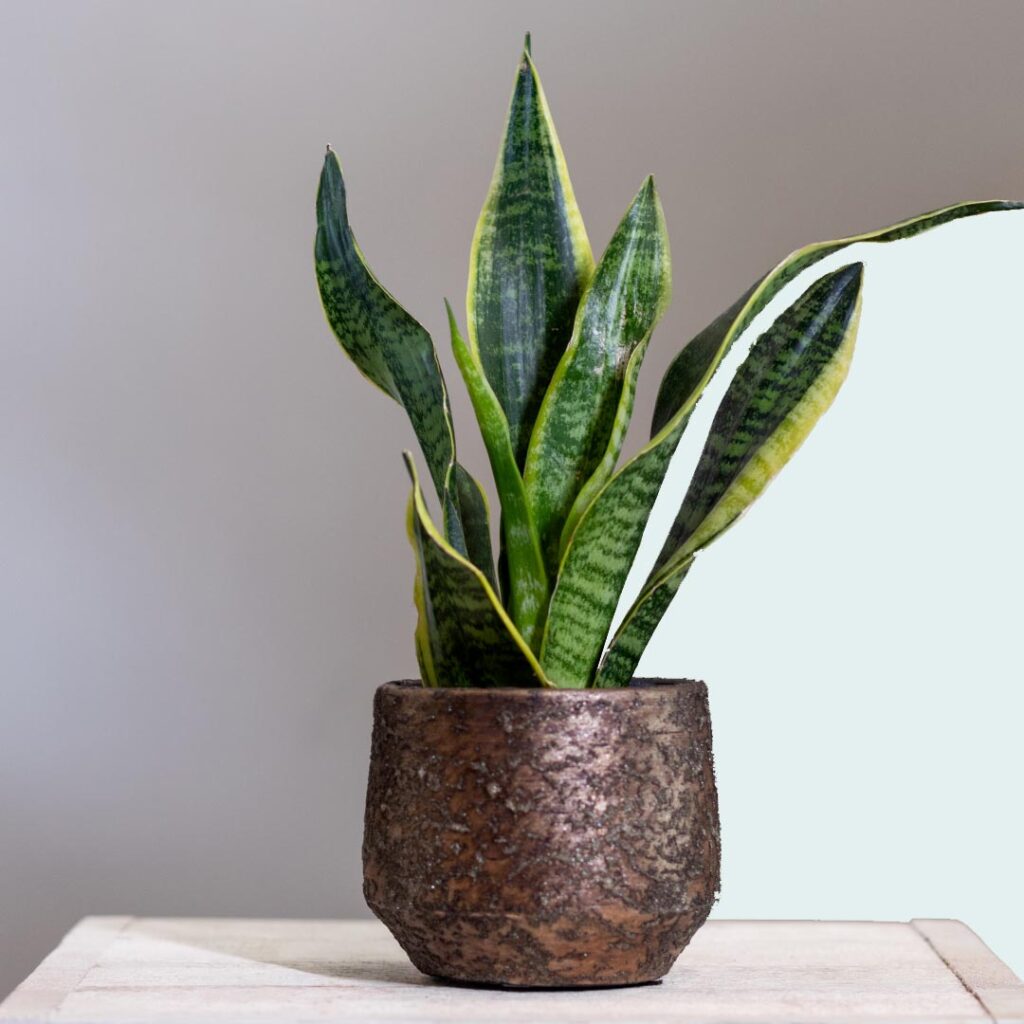
Bedroom – Snake Plant
Snake plants are not only low maintenance, but they work to filter the indoor air. The Snake plant is one if the only plants within the indoor plant arena that can transform CO2 into oxygen throughout the night, regulating the rooms air stream. The plants’ ability to absorb, toluene, benzene, formaldehyde, and formaldehyde sees that the Snake plant can also work to combat allergies.
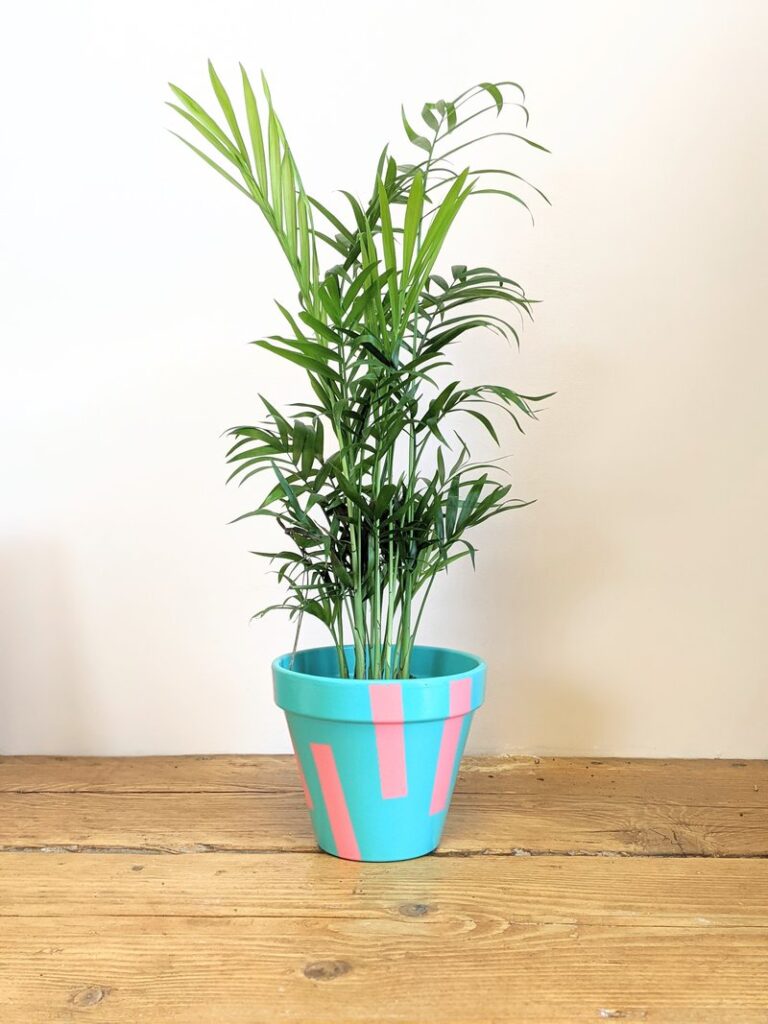
Nursery – The Parlour Palm
NASA declared the Parlour Palm as one of their top airs purifying indoor plants. The plant is scientifically proven to remove toxins from the air such as formaldehyde, carbon monoxide and benzene. This will aid in boosting mood, improving relaxation, and encouraging sleep. The fact that its low maintenance with several health benefits makes it perfect for a nursery.
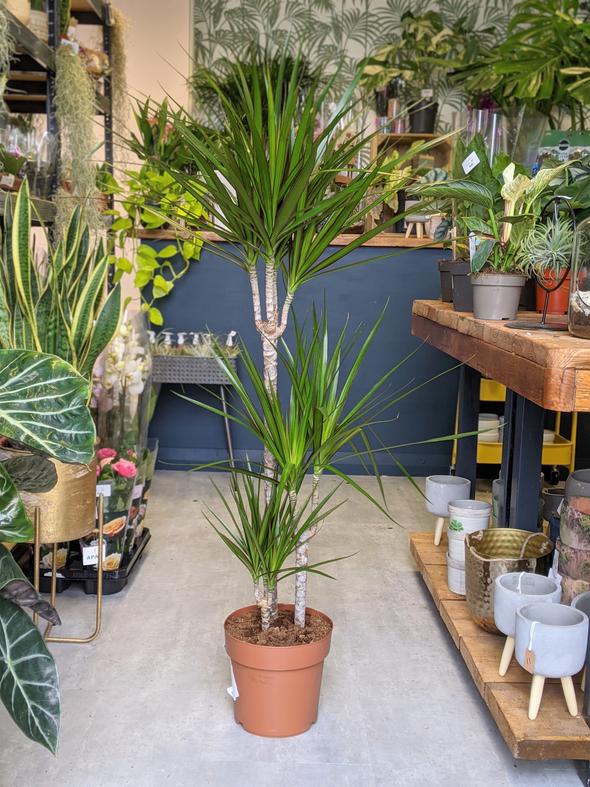
Home Office – Dracaena Marginata
Another air purifying plant, the Dracaena Marginata can remove pollutants from the air. The plant also increases humidity, as when its photosynthesis, it releases moisture into the air. A home office is usually located in a once ‘spare’ space within the house, where the air is dry. A Dracaena Marginata is great to boost concentration levels and combat dry air.
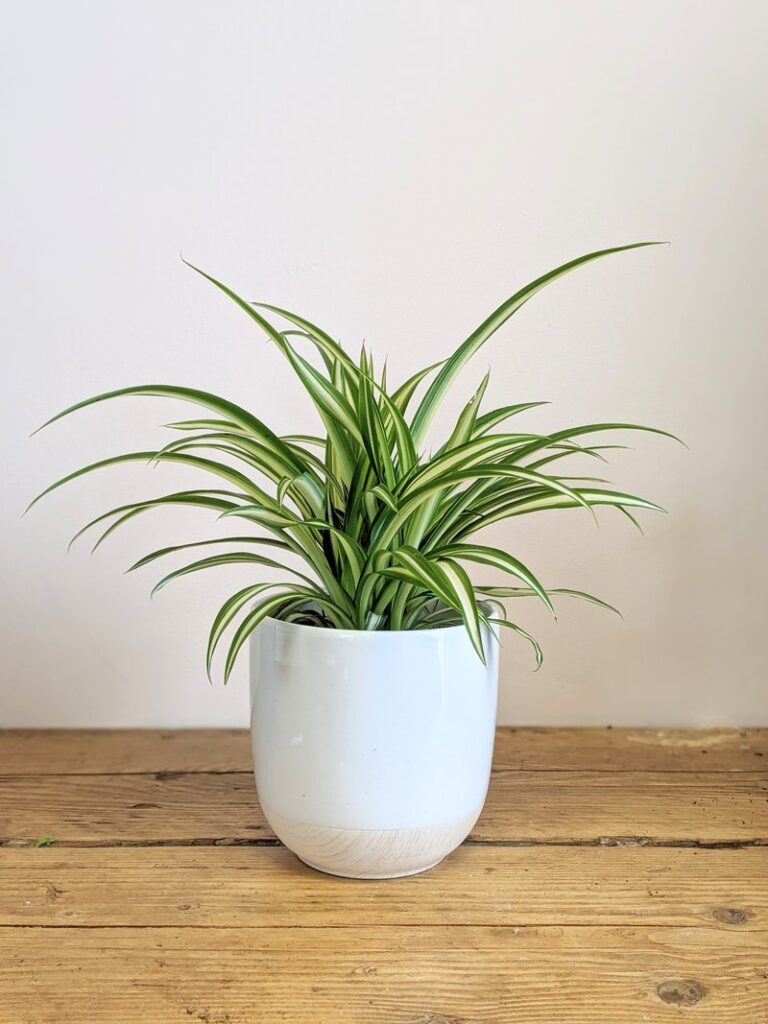
Spare Room – Spider Plant
A spare room is often used for guests who have come to stay for rest bite. A spider plant is nontoxic to animals if they have brought a pet with them and very easy to care for. What’s more, a spider plant reduces carbon monoxide which in turn, helps to combat fatigue, reduce headaches and even the chance of cold sores. For this reason, it’s a great option for a spare room where a guest needs a temporary escape.
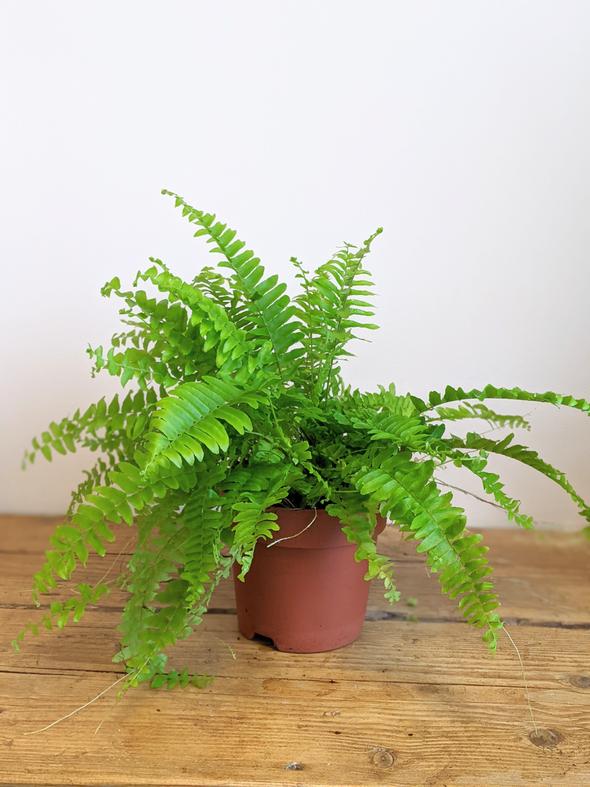
Bathroom – Boston Fern
A Fern loves a shady and humid climate, ensuring that they are perfect for the bathroom. A Boston fern improves air quality and increases humidity. The fern reduces formaldehyde, a toxin often found in cosmetics that are used in the bathroom.
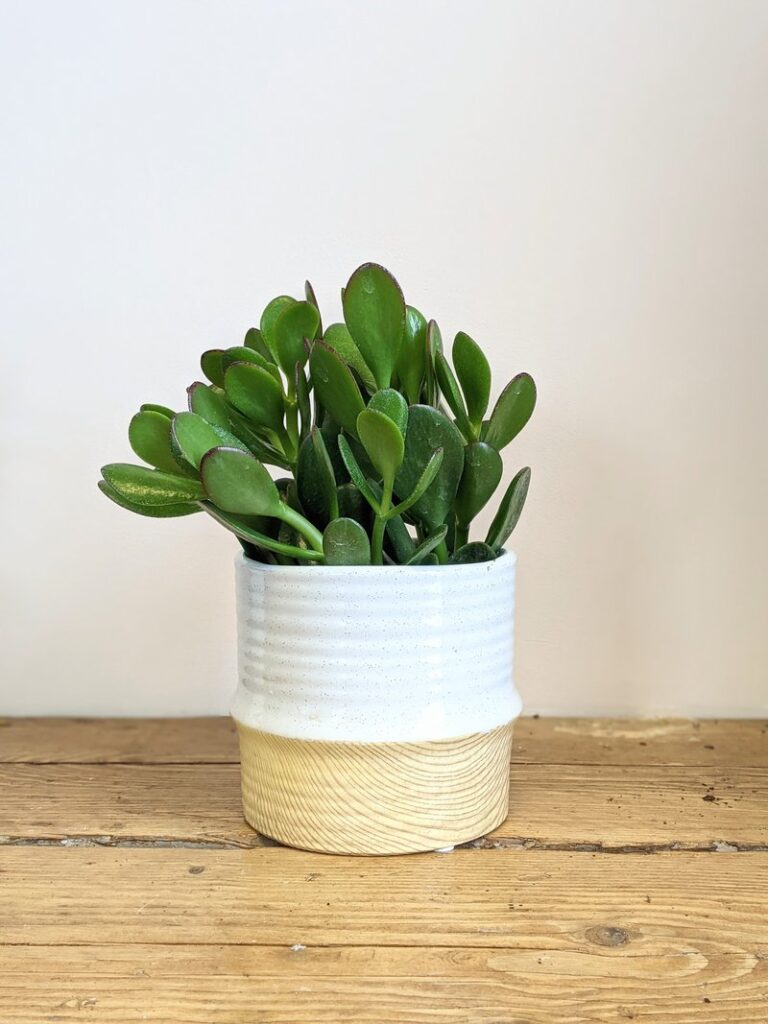
Conservatory – Succulents
Succulents thrive in a conservatory as they crave dry areas with a lot of light. A succulent can cleanse the air, and in groups prevent dry skin, colds, and sore throats.
Keeping your house plants alive in winter
- Remove from radiators and underfloor heating – Radiators and underfloor heating can dehydrate a plant and even burn it. Keep away from radiators and invest in pots in stands if you have underfloor heating.
- Keep away from drafts – Indoor plants should not be open to cold drafts. Invest in draft excluders or relocate them within the house for the colder months.
- Reduce watering – The colder months sees indoor plants require less water. For the most part, half your plants usual water intake and do not feed until spring.

